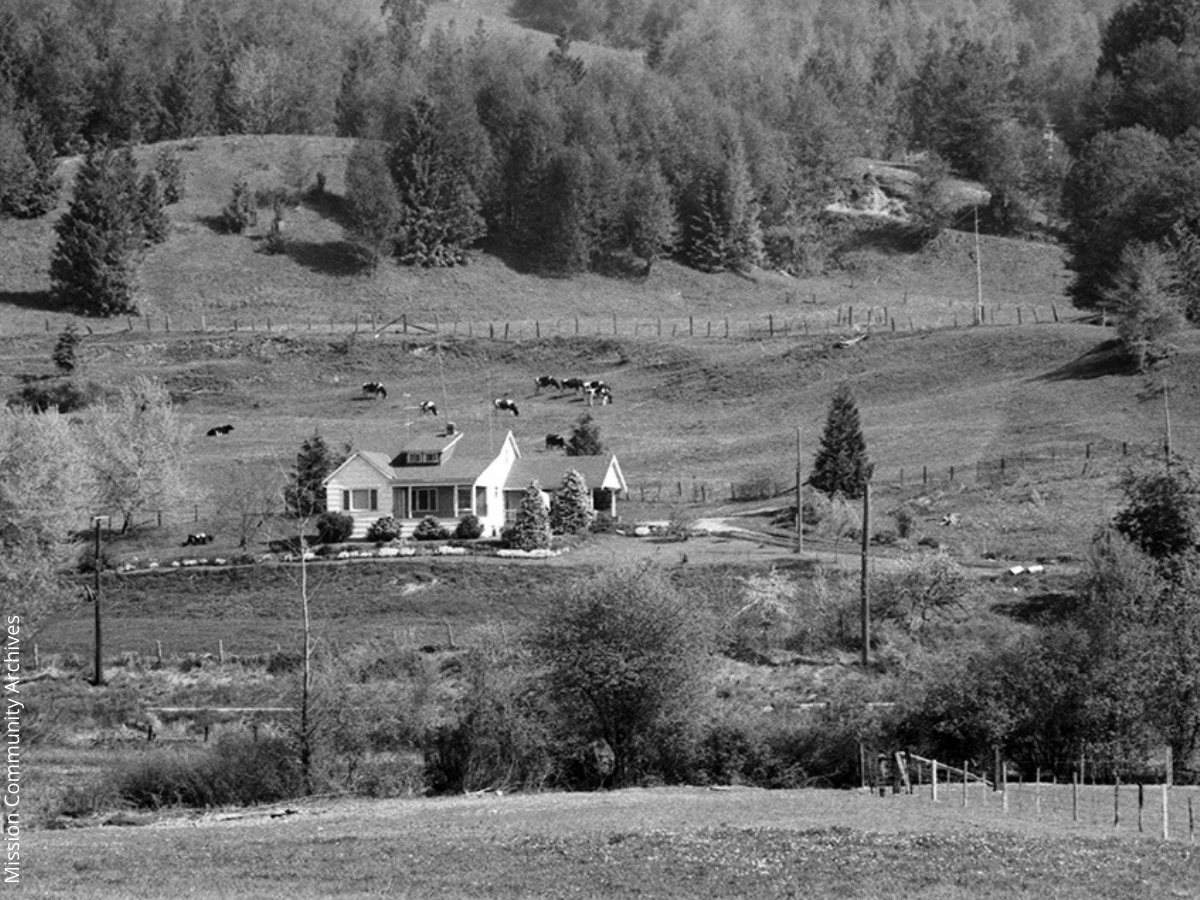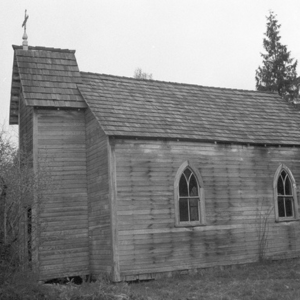Silverdale
Area description
Silverdale is a district extending from the mouth of the Stave River as far east as Silverdale Creek (whose original name was just Silver Creek.) In the north-south direction it is from Silverhill Avenue down to the shore of the Fraser River. All this area around the delta of the Stave was a centre of fishing and hunting activity for the Indigenous people ̶ originally the Sxa’yaks, and later the Kwantlen. It is low-lying flat land with Silvermere Island in the middle of the river mouth, but early maps reveal that in the 1860s the waters east of the Island must have been more like marshes, as they were shown as “low prairie” and given lot numbers. Silvermere Island is relatively new, and was actually man-made in recent times.
The earliest non-native inhabitant in the 1870s was a prospector from the gold rush days. Other settlers followed, including so many Italians that for many years Silverdale was thought of as an Italian community. The name ‘Silverdale’ was chosen in 1898 by the postmaster, who regarded the topography as being similar to a place of that name in England. Some of the settlers had farms but others depended on logging or fishing for employment, as farming did not always bring in enough for a living.
Silverdale settled into a comfortable, self-sufficient community and remained a quiet rural area ̶ except for one sensational event. This was the notorious hold-up of 1904, when Bill Miner and his gang held up the night train at gunpoint. However, their stop at Silverdale was brief: it was merely to uncouple the passenger cars. The actual robbery took place a little farther on at Ruskin.



